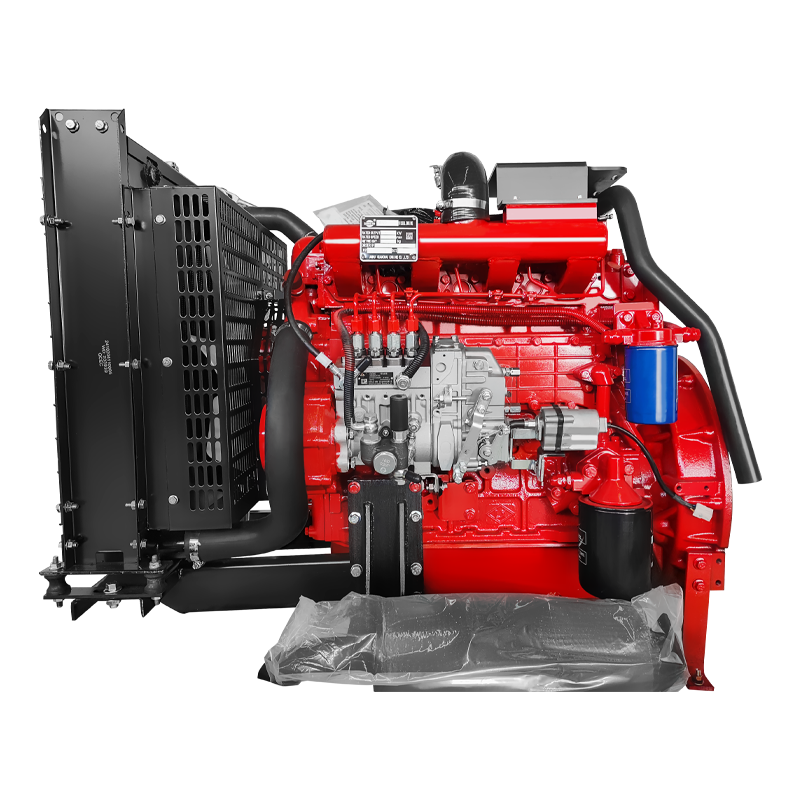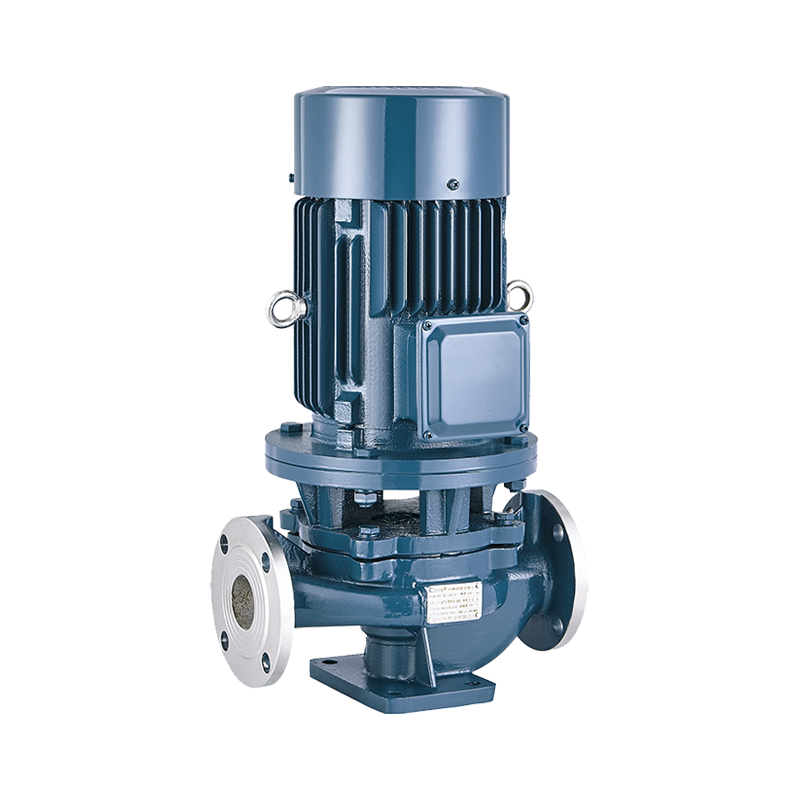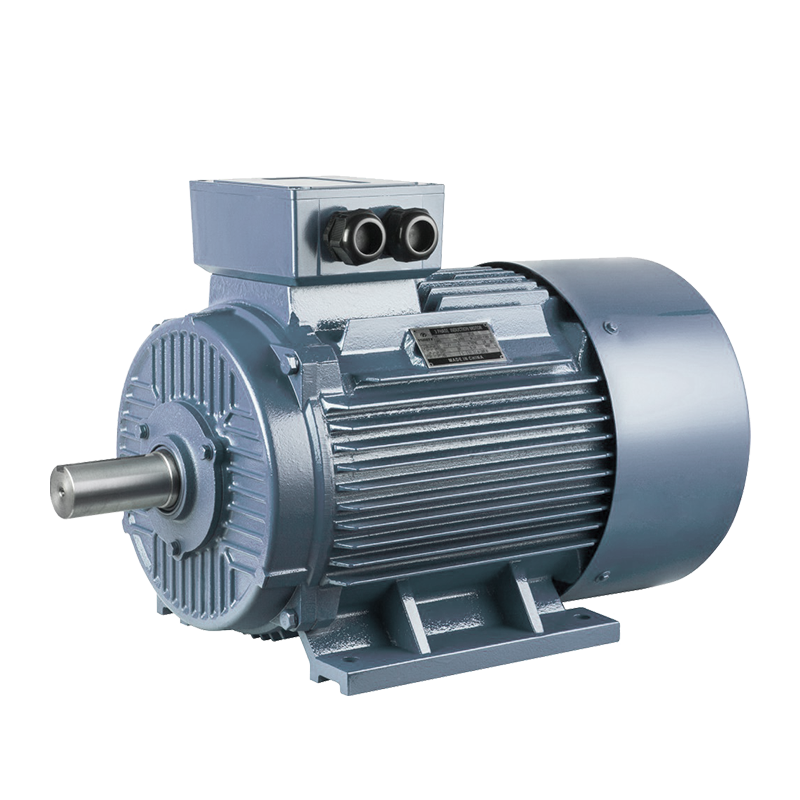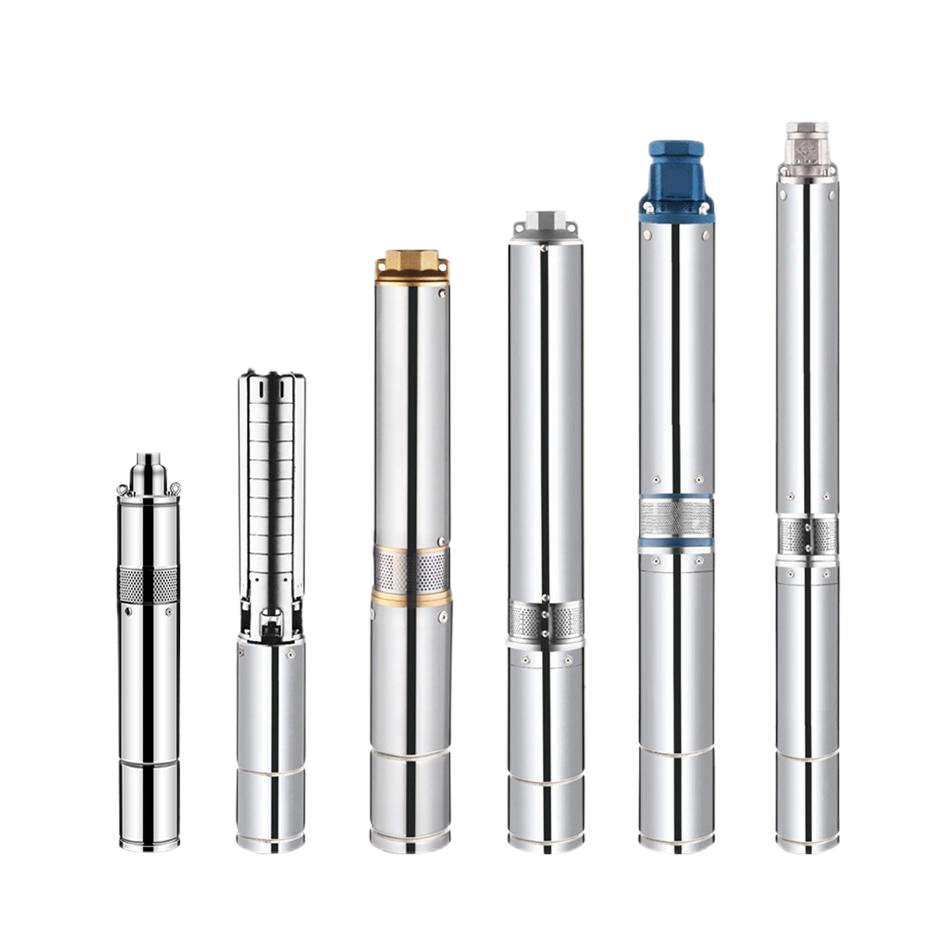Fire safety is a critical aspect of building management and emergency preparedness. Two essential components in ensuring fire safety are fire alarm systems and fire fighting systems. While they are often mentioned together, they serve distinct purposes and function differently. Here's a detailed comparison to understand the difference between a fire alarm system and a fire fighting system:
Purpose:
- The primary purpose of a fire alarm system is to detect the presence of a fire and alert building occupants and emergency personnel to facilitate prompt evacuation and response.
Components:
1. Control Panel:The central hub that monitors inputs from detection devices and activates alarms.
2. Smoke Detectors:Devices that sense smoke particles in the air.
3. Heat Detectors:Devices that respond to changes in temperature.
4. Flame Detectors: Devices that detect the presence of flames.
5. Manual Pull Stations:Devices that allow individuals to manually trigger the fire alarm.
6. Alarm Notification Appliances: Sirens, horns, strobes, and speakers that alert occupants.
7. Emergency Communication Systems: Systems that provide voice instructions and information.
Function:
Detection:dentifies the presence of fire, smoke, or heat through various detectors.
Alert:Activates audible and visual alarms to notify occupants.
Communication:Sends alerts to emergency personnel and may integrate with building management systems for automated responses.
Purpose:
The primary purpose of a fire fighting system is to actively combat and extinguish fires to minimize damage and enhance safety.
Components:
1. Fire Pumps:Devices that provide adequate water pressure to the fire suppression system.
2. Sprinkler Systems:Network of pipes and sprinklers that release water when heat is detected.
3. Standpipe and Hose Systems:Piping systems equipped with hoses for manual fire fighting.
4. Fire Extinguishers:Portable devices for manual use on small fires.
5. Fire Suppression Systems:Systems that use agents like foam, CO2, or clean agents to extinguish fires.
6. Hydrants:Access points for fire departments to connect hoses to a water supply.
Function:
Suppression:Actively extinguishes or controls the spread of fire using water, foam, gas, or other agents.
Control:Manages fire intensity and prevents it from spreading to other areas.
Accessibility:Provides tools and access points for manual fire fighting efforts by trained personnel.
Key Differences
1. Purpose:
Fire Alarm System:Primarily for detection and alerting.
Fire Fighting System:Primarily for extinguishing and controlling fires.
2. Components:
Fire Alarm System:Includes detectors, control panels, and notification devices.
Fire Fighting System:Includes fire pumps, sprinklers, hoses, extinguishers, and suppression systems.
3. Functionality:
Fire Alarm System:Detects fire early and alerts occupants and emergency services.
Fire Fighting System:Actively engages in fire suppression to control and extinguish the fire.
4. Response:
Fire Alarm System:Triggers an evacuation response and alerts authorities.
Fire Fighting System:Engages mechanisms to directly fight the fire and mitigate damage.
 English
English عربى
عربى
 Fire Pump and System
Fire Pump and System Split Case Pump
Split Case Pump Engine and Pump
Engine and Pump Long Shaft Pump
Long Shaft Pump Multistage pump
Multistage pump Water Supplier System
Water Supplier System Sewage Pump
Sewage Pump Industrial Pump
Industrial Pump Self-Priming Pump
Self-Priming Pump Inline Pump
Inline Pump Domestic Pump
Domestic Pump Electric Motor
Electric Motor Borehole Pump
Borehole Pump







